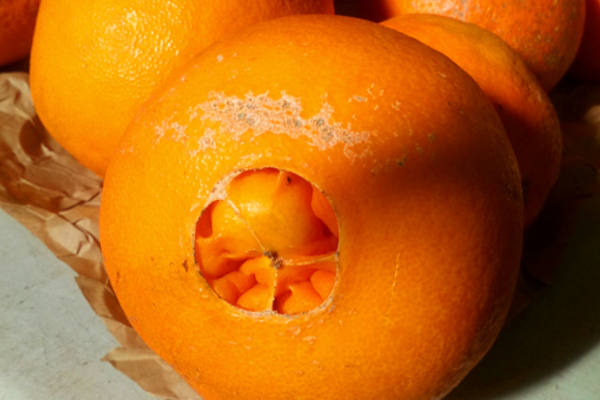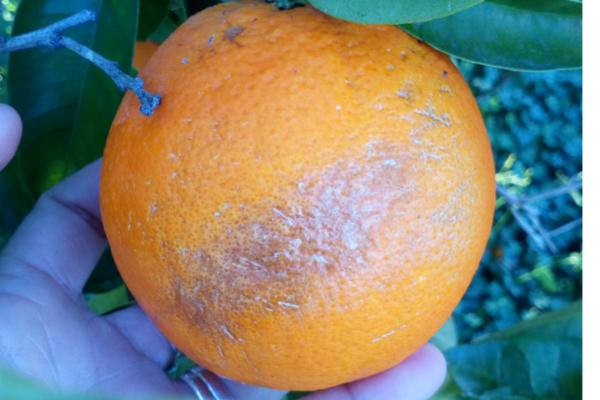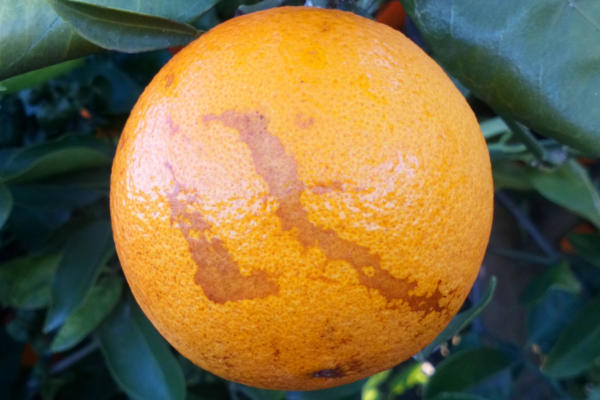
UGLY ORANGES
It is estimated that around 1.3 billion tons of food are wasted worldwide each year (according to the FAO). Many times, this wastage is due to irrational aesthetic reasons.
As a result of growing awareness about this issue, various movements have emerged, such as "Ugly Food" in the EU, the "Espigoladors" project in Catalonia, or the "Fruta Feia" project in Portugal. All of them aim to commercially promote this fruit that, despite not conforming to conventional aesthetic standards, is equally nutritious and tasty.
Speaking of oranges, some of these aesthetic imperfections that do not affect their taste or durability include:
- Scars on the skin caused by the orange rubbing against a branch due to the wind. During selection, we remove scars that, due to their depth, might affect the pulp.
- Stains on the skin caused by various insects, such as the well-known Thrip.
- Oranges with irregular shapes, for example, due to the pressure of a branch on the orange during its growth.
- Natural bulges in some pieces that create curious shapes.



At Naranjas de Cullera, we believe that it makes no sense to discard these fruits, both for ethical and economic reasons. Therefore, you may find some "ugly" fruit in some boxes that, why not, could be the most delicious. This does not contradict the fact that, in most cases, when you open a box, you will find all or most of the oranges that are "beautiful."
The waste generated at Naranjas de Cullera includes those that are overripe (and occasionally, not ripe enough, mistakenly picked from the tree), cracked, punctured by twigs from others when picked with leaves, those with deep or extensive scars on the skin, those significantly affected by insects or fungi, or those susceptible to low transport resistance (with streaks or "swollen" skin). We sell all of the above to the juice industry on a weekly basis.
See you soon, friends.